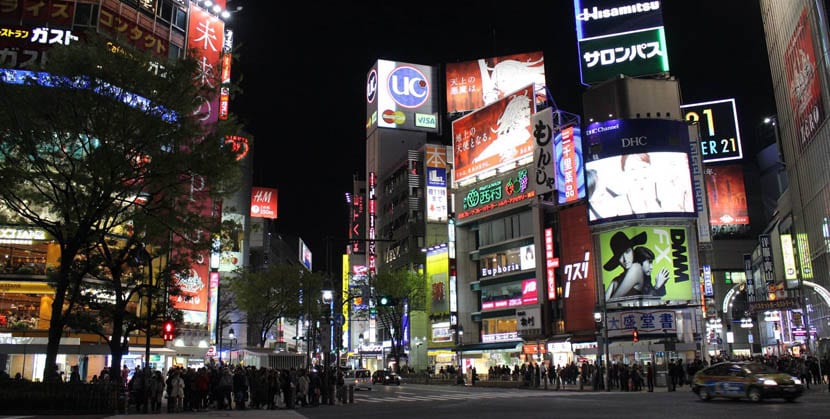
Japan is one of the great destinations in Asia and knowing it is a duty of every adventurous traveler. The impression is that it is an expensive country, but it is only an impression. There are some expensive things and some quite normal. The first impediment is undoubtedly the price of the air ticket, but once that is left behind, the truth is that it is a beautiful country to enjoy and ideal for various types of budget.
With time I would say enter three weeks and a month is ideal, but thanks to the efficiency and speed of Japanese transport, two weeks or even a single one can serve to quickly see the most outstanding and popular. Tokyo, Kyoto, Osaka, Nara, Yokohama, Kamakura and Hakone and with more time, the more distant Hiroshima. These cities are my personal selection for a first trip to the land of the rising sun.
How to go to Japan
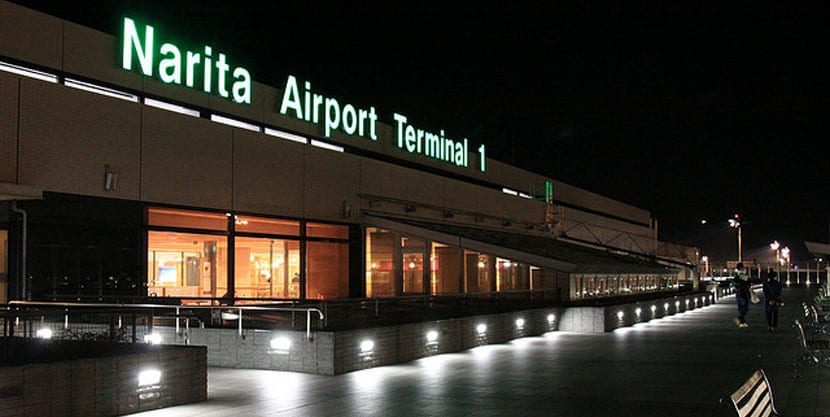
By plane, naturally. There are many airlines that come to Japan from all over the world, but the further away you are, the more expensive the ticket price will be. A flight between Madrid and Tokyo is between 350 and 2000 euros, one-way, depending on the type of fare and the airline (data from Iberia, which operates with British Airways and Japan Airlines), for example. If you fly from South America, the rates are between 1500 and 3 euros, depending on when the tickets are purchased.
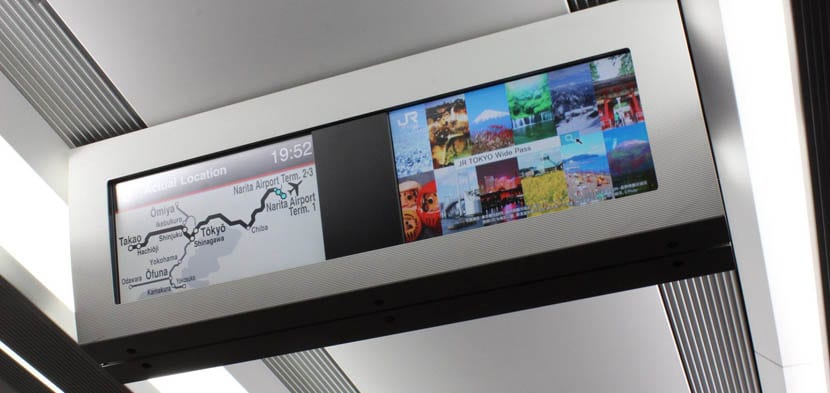
From Europe the flight takes about 15 hours but from South America you have to double the flight time. It is in the antipodes so it is the longest possible trip. If you want to save, it is a matter of paying attention to the sales and offers, but for that one has to have time available and not be tied to dates. A shame because ordinary mortals are not in that situation. Airlines like Emirates, for example, usually make a great cheap around the month of October so if you have the money you can find good prices.
Moving within Japan
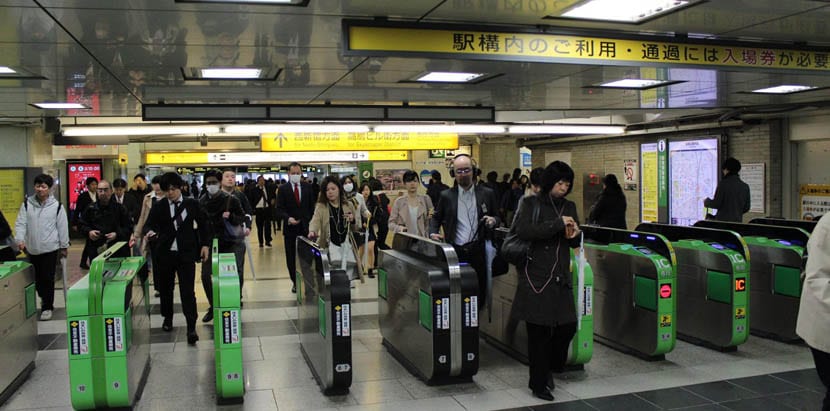
Another expense that can be important in Japan is that of internal transport. But as foreigners we have the advantage of tourist passes. The best known of them and the one that most encompasses means of transport throughout the country is the Japan Rail Pass. It is always bought outside the country and when you arrive you change it for the ticket itself that will allow you to move. There are three versions: 7, 14 and 21 days. The most expensive, the 21-day one, has a price of around 500 euros.
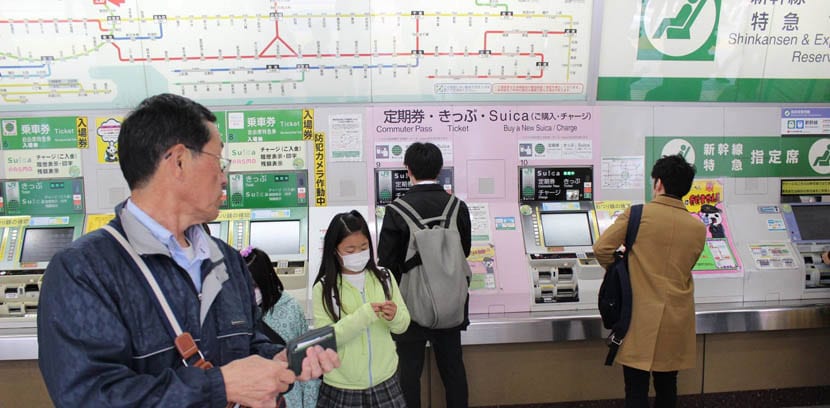
The truth is that I recommend your purchase because you still stay a week if you want to take advantage of the shinkansen, the Japanese bullet train and go to Kyoto or Osaka, you calmly amortize the cost of the pass. The bullet train is expensive and the pass covers it. And these two cities are a two-hour drive away so they are very easy excursions to do if you are in Tokyo.
In addition, the pass allows you to go around the main corners of Tokyo using the Yamanote Line, a train with stations in Shibuya, Shinjuku, Ikebukuro, Asakusa, Ueno, Akiharabara and other popular tourist neighborhoods.
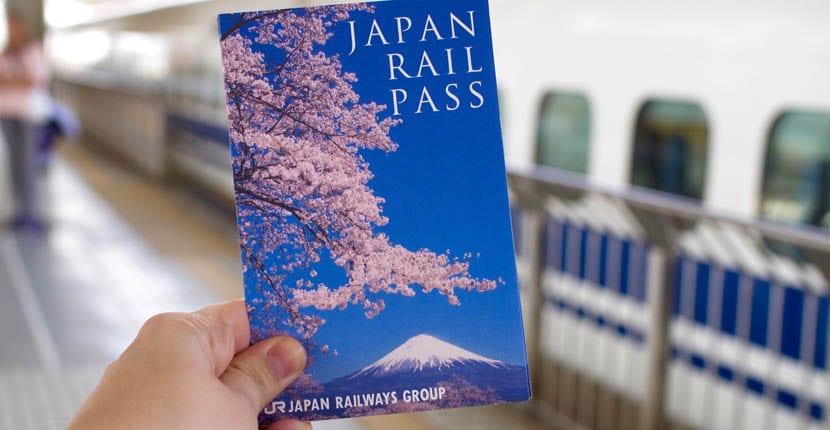
Tokyo also has many other train lines, some also covered by the pass, and many subway lines. The metro has rates that start at two euros, more or less, but you pay more depending on the distance you travel. Also there are daily passes and regional passes so with a good plan the transportation issue is resolved. Of course, points out the Japan Rail Pass. For me, it's still the number one.
What to do in japan
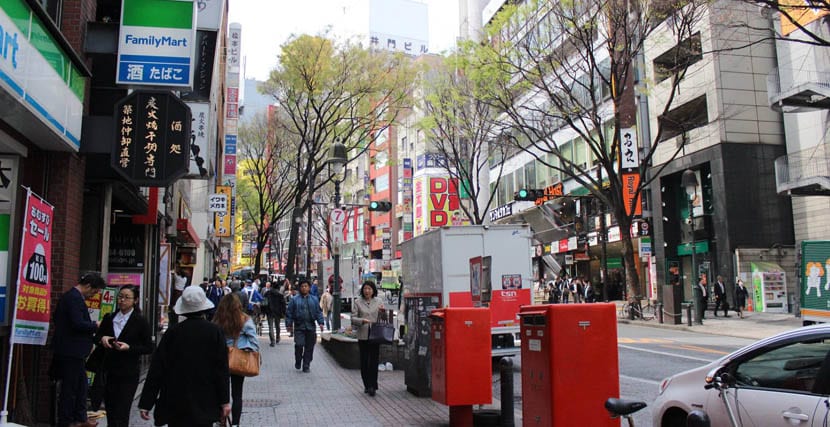
Travel. To walk. Watch. Have fun. Marvel. I am not a person who gets into museums, but Japan would it has many museums by other interesting. Of history, of art, of swords, of beer, of how plastic food is made, of animated characters, of cars. There are many to visit and Tickets are usually around six to 10 euros.
Abound of duck, malls department store type, so shopping is another thing we can do. Or go out and look, Japanese fashion has its peculiarities. Prices? There is everything, Japan not a cheap shopping paradise like China so I would say that clothing prices start at 20 euros for blouses and sweatshirts and go up to 70, 80, 90 for coats, pants, shirts. It depends on the brands.
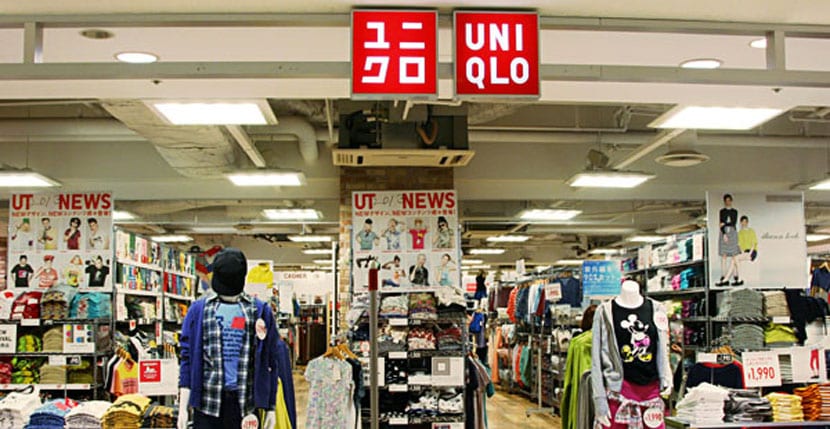
For simple and unpretentious clothes my advice is that you go straight to Uniqlo and Gu. They are two sister brands and the second is cheaper than the first. The classic Uniqlo coats, those that are rolled up and put in a bag, cost around 52 euros. Sweatshirts about 9 euros and spring clothes (skirts, linen clothes, raincoats), are between 17 and 34 euros. In Gu the prices are lower and sometimes there are even better models.
Uniqlo is at almost every station on the Yamanote line and sometimes next door is Gu. If you want more Japanese designs, the prices are much more expensive and you surely can't find them in shopping centers. If you like sneakers, there are a thousand New Balance and Nike models to enjoy, but my recommendations on sneakers go for the Onitsuka Tiger, manufactured here by Asics, and the Tiger bread, 100% Japanese brand.
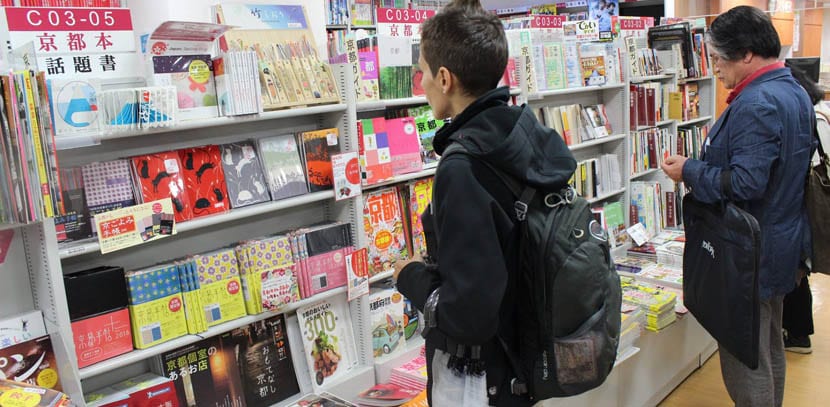
And if you like japanese comics the bookstores will be your paradise. There are volumes, they cost between 5 and 6 euros, there are picture books and a lot merchandising of the most popular series. Bookstores are everywhere, but for this particular topic it is best to go to Akihabara or visit Mandarake stores in Shibuya and Nakano.
Eat in japan
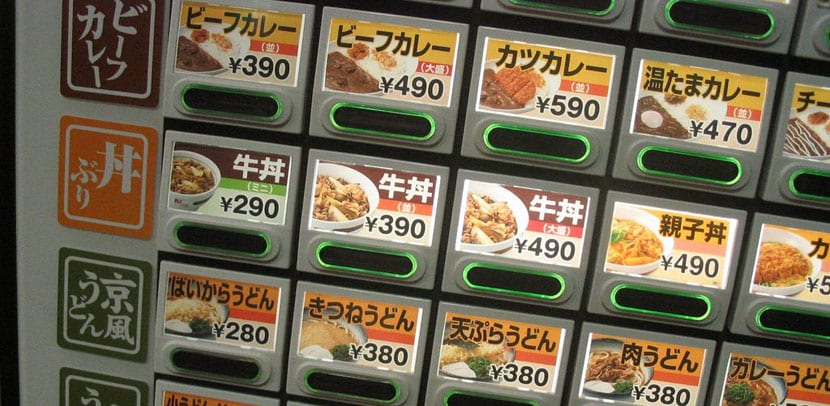
Nothing easier. With a limited budget the restaurants on the street with their machines to buy the menu are the first option. They have prices between 690, 870 and 1000 yen (6, 7 and 9 euros, 2016), for a classic Japanese menu of three courses: rice, soup and noodles or chicken pieces in batter. All very tasty. There are restaurants everywhere, on top and in the basements of the buildings, so don't shy away from the possibility of discovering them.
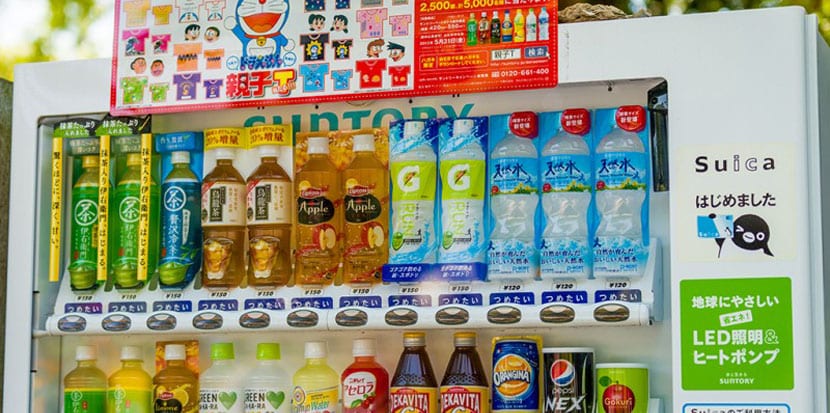
If you want to sit down and be comfortable then you should be encouraged to take the elevator or go down the stairs. There are very elegant restaurants with Lunch menu at a reasonable price of between 9 and 10 euros. All these prices are without drink, that is, no Coca Cola or beer, but Japanese restaurants free ice water so you do not have to buy a drink. Cool! And nobody looks at you badly!
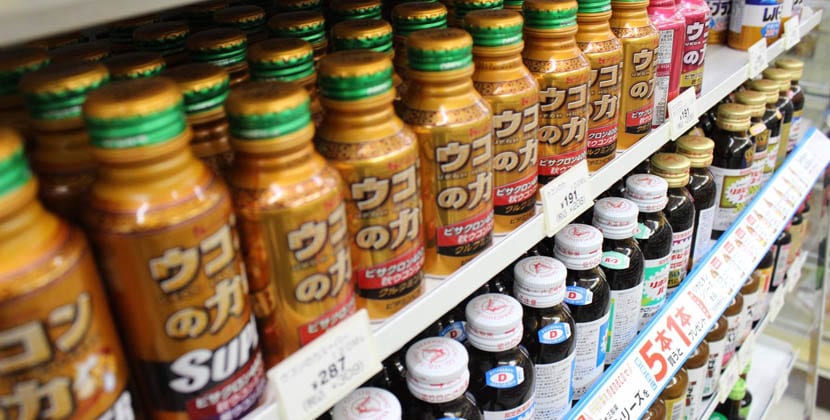
A glass of beer is between four, five, six or eight euros depending on the bar and depending on the time. If you buy a can, it is around 5 euros. If you prefer to stop by a convenience store (7 Eleven, Lawson, Family Market), you can buy the food made and heat it on the spot or at the hostel at half the price of a restaurant. And they are very tasty.
Lastly, the cheapest accommodation you can find is a hostel: they have rates of between 30 and 40 euros per night in Tokyo and in other cities it can be cheaper. If you are traveling with another person Rent a floor (a room as they say around here), for me it is the best option. Airbnb has great flats with rates under $ 90 a night in great areas of Japan's best cities.
The truth is that with the plane ticket, the accommodation and the transport pass resolved in advance, paid for everything, you can easily manage the budget. I would say that with 50 euros per day you are calm and with 100, more relieved and with money to spend on outings and gifts.